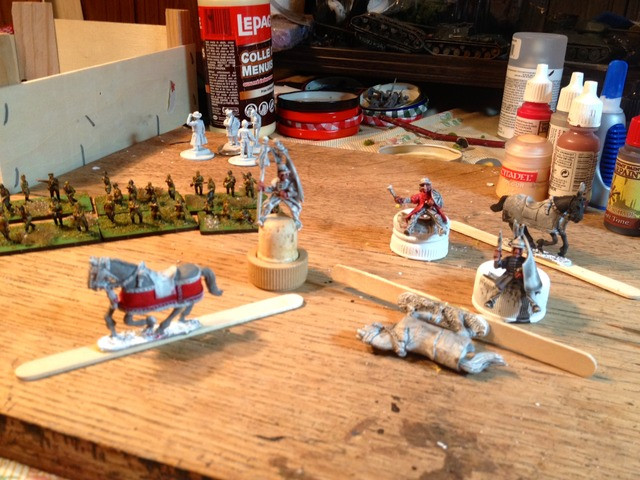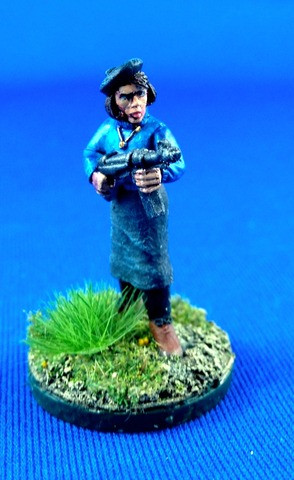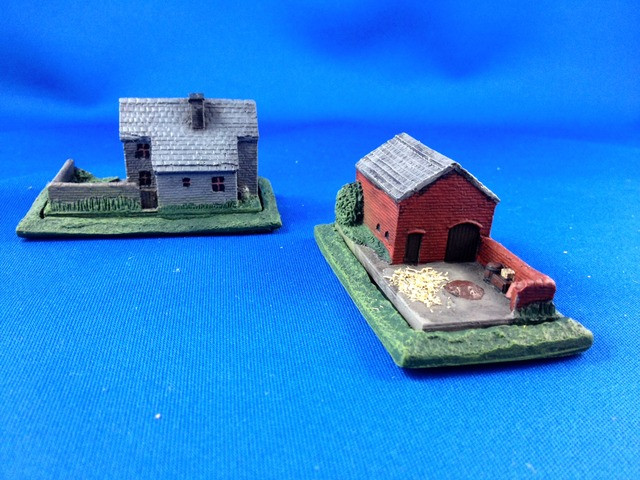
I’m not sure I quite understand this picture, but it sort of conveys my point.
The other day I posted a review of John Boyko’s book on Canada and the American Civil War, which might not have been super-interesting to all you non-Canadians out there, but then I got thinking about the wargaming angle. What if the Trent Affair had gone hot instead of being diffused? In November of 1861, Britain and the United States were having a diplomatic row over two Confederate diplomats detained by the US Navy while travelling to Britain on the Trent, a British civilian ship. As Boyko tells the story, a British ultimatum came within days of expiring, until Lincoln decided that one war at a time was enough and reigned in his secretary of state, William Seward. So what if things hadn’t played out so sensibly?
Let’s assume that cooler heads hadn’t prevailed over the Trent crisis. Perhaps Seward persuaded Lincoln not to release Mason and Slidell, the Confederate diplomats, or that there was another incident at sea involving a US and British ship, or what have you. For whatever reason, it’s January 1862, and Britain declares war on the United States in the second year of its civil war with the Confederacy. What we then have, I think, is a very interesting wargaming scenario.
Here’s a map of Canada at that era.

As Boyko tells the story, there were roughly 4500 British regular soldiers in Canada, divided between Nova Scotia (primarily in the port of Halifax), Quebec or Lower Canada (primarily along the St. Lawrence in Montreal and Quebec City) and some in Ontario (Upper Canada). In December, as the Trent Affair heated up, the Governor General, Viscount Monck, had persuaded London to send an additional 11,000 regulars to Canada, although most of these are in Nova Scotia and some made it to Quebec. Unfortunately they arrived in the middle of winter, the St. Lawrence river is frozen, and there are no railways between Atlantic Canada and Ontario, so those troops are stuck in the east until spring. Otherwise, Canada has roughly 40,000 militia available for call up, though their training and weapons are not of the best. Other than citadels at Halifax and Quebec Cities, permanent fortifications are few and quite primitive.
At the same time, the Union armies in the east are recovering from two beatings, one at 1st Manassas and a smaller one at Ball’s Bluff. General McClellan will spend the winter rebuilding and reorganizing the Army of the Potomac and by spring it will the powerful force that, historically, marched on Richmond in the Penninsular campaign. In Richmond, Joseph Johnston is preparing his army, the strength of which, via Pinkerton’s so-called spies, is being greatly exaggerated in Washington. In the west, let’s assume that the US victory at Fort Donelson still happens in February, 1862, and that Grant is getting ready to face the Confederates under Albert Sidney Johnston. Meanwhile, in shipyards north and south, the Monitor and Merrimac are being prepared.
With me so far? So let’s assume it’s March 1862. Those British 11,000 British troops in Canada will soon be able to deploy west from Nova Scotia if they want to. Presumably the Royal Navy has been deploying to Canada’s eastern ports in some strength, as well as taking up station in the West Indies, to break the US blockade of the Confederate ports. Going forward, how do we handicap the opposing forces?
At sea, I think, we can assume that the British have naval superiority along the eastern seaboard, given their superiority in numbers and experience, but the US Navy is a tough, professional force, and it survived succession with its officer corps mostly intact, unlike the US Army, so the Yanks at sea will be a tough opponent. For now the US has the biggest and strongest naval forces on the Great Lakes.
On land, I suspect it’s a different story. The British Army has recent combat experience from the Indian Mutiny and the Crimean War, but how many of those combat veterans are still in the ranks? Would the British soldier be any more effective than his US counterpart? One of the surprising things about Boyko’s book was that desertion of British troops was always a worry when they were garrisoned in Canada; British officers were always worried when their troops were posted too close to the US border. While the US army is still largely an amateur force in 1862, it’s had the whole winter to train and prepare itself under McClellan. It may have bad strategic leadership once the campaigning season starts (not that British generals in the Crimea were always great either), but man for man, they can probably give the redcoats a fight. Also, I don’t know how large the British Army was in 1862, but I suspect the same problems of cost and logistics of sustaining a large overseas force, problems which doomed the British during the American Revolution, would apply in this war.
So where do we go from here? I suppose it depends on what kind of wargaming we want to do. On the tabletop, we will likely be fighting War of 1812 battles with different figures, which sounds like terrific fun. A US Civil War collection will do fine, and we’re still early war enough that all those cool figures like the 14th Brooklyn from Forgotten and Glorious or Perry Zouaves could be used. On the Canadian/British side, there are all sorts of figures that could be used, from Crimean War ranges through to British home service uniforms for the local militia as seen here. Of course, there are also those 1860s British figures that the Perrys are currently working on. At the height of summer, I suspect one could use Mutiny figures for some British uniforms, I’m not sure. Tabletop naval games would also be interesting - lots of tense actions off New York or Boston as the US tries to defend its seaboard, and the question of whether the Monitor would make a difference. I suspect a lot of Union ironclads would be produced as fast as possible for coastal defence.
I would love to see a board game using an eastern subset of the map above and extending it as far south as the Confederacy. One day I might try and design one, but I don’t think now’s the time. Here are the questions I think a game of that sort would have to answer.
1) How much of the Union’s military strength could it afford to divert to fight the British, including such projects as a replay of the 1812 invasion of Upper Canada? Shelby Foote once said that the Union fought the Civil War with one hand tied behind its back, but at the beginning of 1862, Lincoln was in near despair with his army and finances, and said the bottom was out of the tub. It’s an interesting question.
2) Related to (1), how does a British intervention help the Confederate armies, particularly in the east? Will Joe Johnston and his lieutenants, Lee and Jackson, be able to take Washington DC? Will the US be able to leave the same troop levels in the west, so that a victory at Shiloh (the beginning of the end for the CSA in the West) is still possible?
3) How will the naval war play out? Will it simply be a matter of the US blockade being broken, so the CSA has better chances of procuring European armaments and supplies for its armies?
4) What are the strategic and logistical factors? The US has its industry gearing up, and has a well developed railway network to move troops all over the place. The CSA and the British in Canada have neither of these things. The US can stuff a lot of men into uniform, but British troops would probably be a much more limited resource.
4) What are the political factors? Does the war end if the Anglo/CSA side takes Washington or would the US government be able to move around, as it did during the Revolution? How do you model Britain’s appetite to sustain the war? Would the British be casualty adverse? How badly do things go at home, given that the US is Britain’s greatest market for food at the time? Also, how does slavery work? Would it make sense to give the US an opportunity, should they win a significant battle over the CSA, to issue the Emancipation Proclamation, thus making it a lot harder for London to justify a continued war on behalf of a slave state ally? What are Britain’s strategic goals anyway - a punitive campaign, or regime change in Washington?
So what are your thoughts? What do you think would happen if the Trent Affair went hot and caused a was as outlined above? What happens when the campaigning season starts in March 1862? How would you model it, either on the tabletop or as a board game? I’d love to hear your opinions.







































